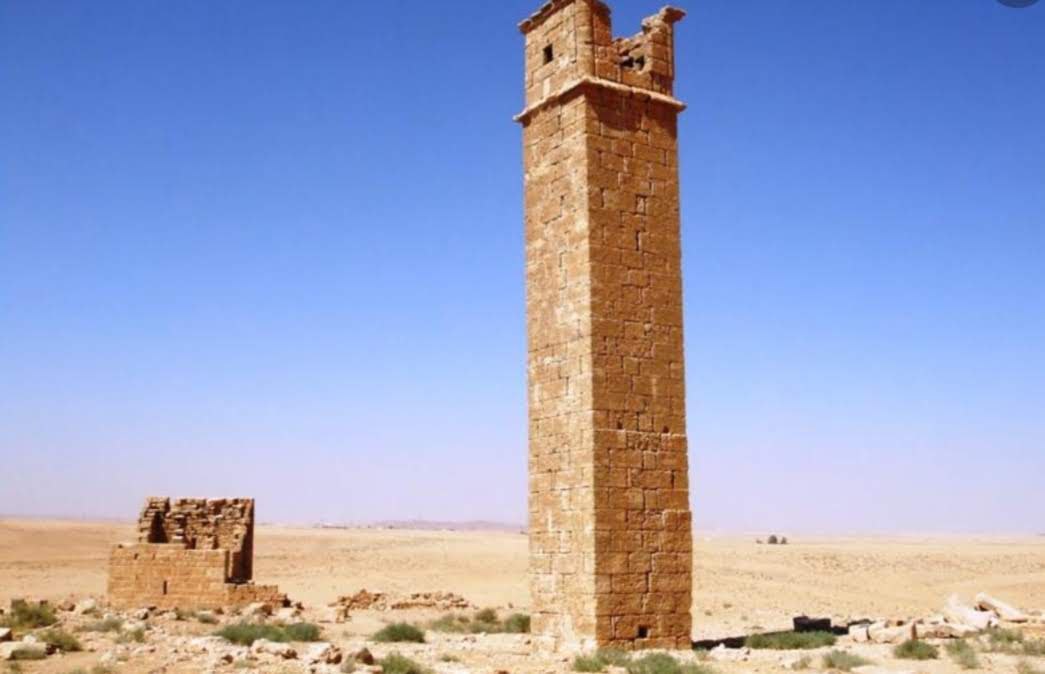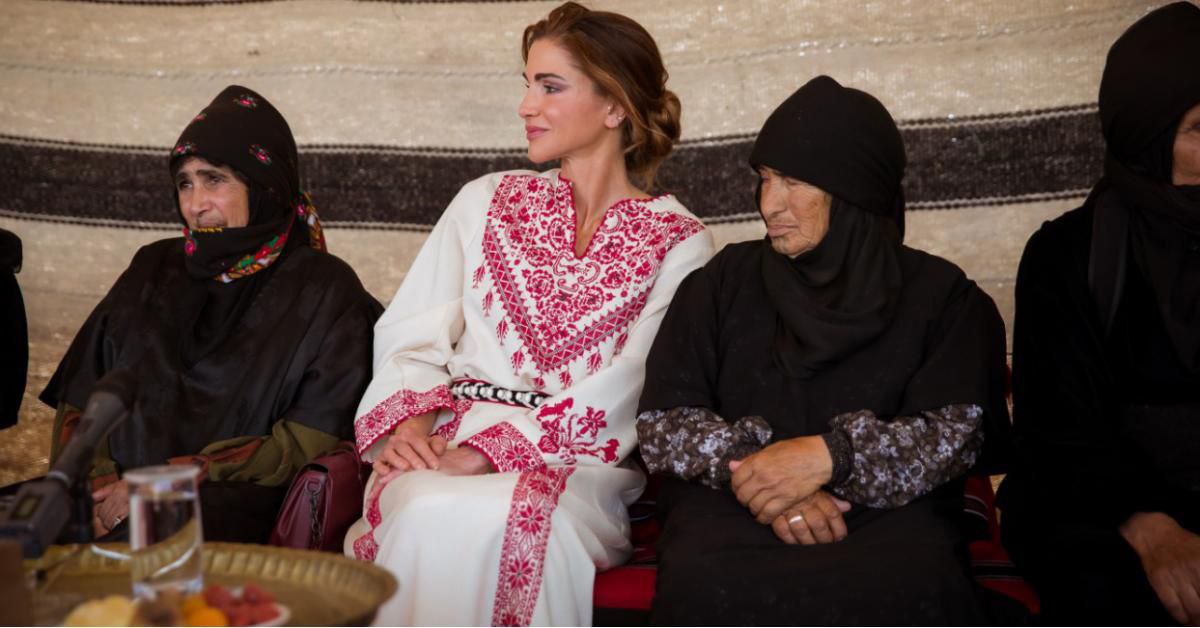
About Us
Some inscription and historical sources indicate that Mefa’a was an Arab village on the trade routes between the Desert and the Levant and after the Romans took control of it They built a large military fort there.
The period of building churches it was during the Byzantine period until the Abbasid period, construction of St. Stephen’s Church was completed in785 AD.
It contains mosaic floors and pictures of 25 cities west and east of the Jordan River and Egypt.
At a distance of 1.5 Km from the city, there is an ancient tower that dates back to sixth or fifth century.
Umm-ar rasas joined the UNESCO(World Heritage Site) in 2004.

Who We Are
Umm Al-Rasas Women’s Multi-Purpose Cooperative Society was established in 2008.
The association aims primarily to improve the economic, social and cultural conditions of women and their families in the Umm al-Rasas district, empower them socially and economically, train them, raise their capabilities and develop their skills so that they can effectively contribute to production and development, support their families, raise awareness of women and girls, educate them and empower them in multiple fields, and educate society about their rights and the importance of their role.
The idea of establishing the Umm al-Rasas Women’s Cooperative Society came to encourage women in Umm al-Rasas district to work, produce, and market inside and outside the region and to contribute to improving their social and economic conditions in many aspects.
The Bedouin community of Umm Ar Rasas covers an area of 2,847 sq. kilometers which is primarily desert and includes 22 individual villages. In 2008, only approximately 4% of the populations were continuing the nomadic lifestyle and the rest were living in homes in the villages. At the request of the local women seeking opportunities to help support their families, the women's society was then formed.
Historically, employment in the area mostly consists of goat and sheep herding, military service, some factory work, and limited agriculture due to the severe water shortage.
Traditionally, women in the Bedu culture have worked at home cooking, working with textiles, tending goats and sheep, and raising children. Since the population in 2020 was around 20,000, the women began to see the need to seek ways to provide for their families.
Our Goals:
- To provide continuing training in embroidery, mosaic art, and jewelry making. These quality items are then sold at the visitor center shop.
-
To provide additional classes for women in family law, development of small projects in the homes, marketing, health, English, literacy, nutrition, and other topics of interest.
- To provide classes for the community members in literacy, English, health, and the arts.
- To establish and manage a shop to market the women's handmade products.
- To improve the economic, cultural, and social rights of women and their families.
- Contributing to the development of tourism in the region and the development of the local community
